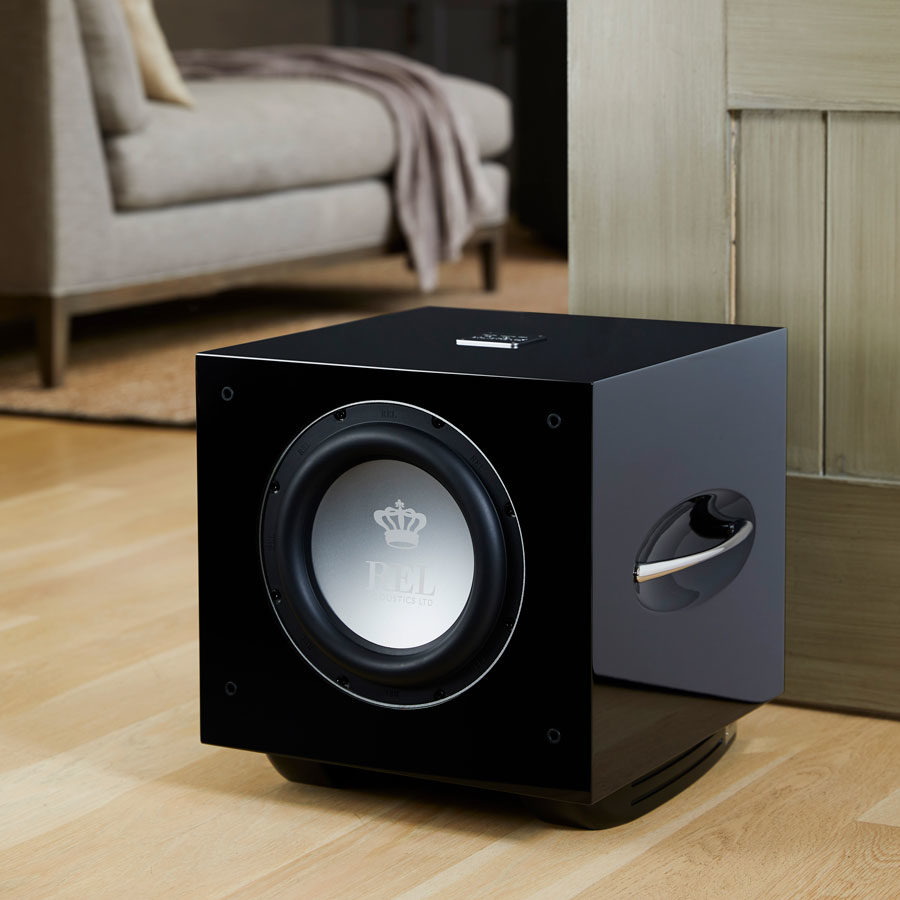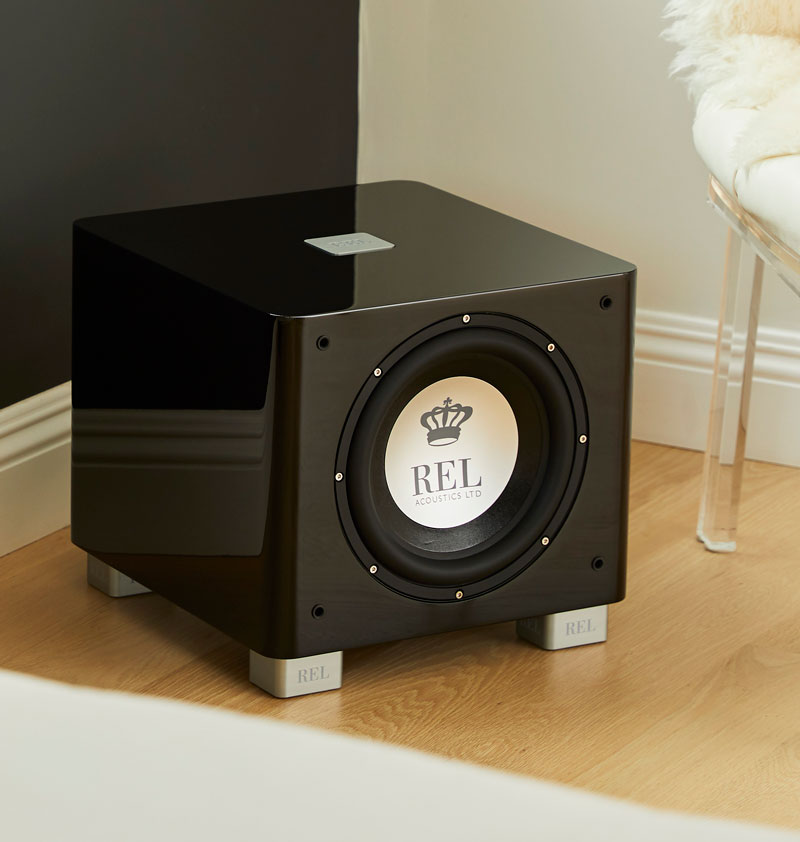Blog
What does it take for a subwoofer to excel in both 2 channel and home theater?
The sort of platonic ideal for subwoofers first is a subwoofer that can do dual duty. Handle music perfectly, and actually be a beast in theater also. We’ve gotten pretty good at this over the last 16 or 17 years of evolving the T range. This latest is the T/x and what makes it really special is its speed and attack in the bass. So here’s the middle of our range. This is an eight inch longer stroke than the original driver.
0:30
That is backed up by a 200 watt high current class, A/B amplifier, and what this entire range is about is allowing normal people to access sort of super bass. We make very expensive units well above this, and they’re really famous. These are by a huge margin, the best selling in our entire range and the reason for that is they’re compact, they’re beautiful, they’re beautifully executed the weight, the substance, everything about these screams luxury.

1:00
And yet they can do both beautiful, elegant, even if you’re just talking about chamber music, for example, in classical. Where you go, who would ever put a subwoofer with a string quartet? I would right now, because you hear the hall, you hear the ambiance, everything takes on a set. It makes sense. Strings don’t sound like they’re strung with titanium. They’re clearly playing this with gut bows. Everything matters and everything is full range in life and in music.
1:30
That’s the part that we get, that a lot of people don’t understand. Everything that we hear is completely broadband with 10 octaves plus of sound that we’re just used to hearing all the time. An air compressor kicks on. We don’t hear it and go, Hmm. I think I can hear some 37 Hertz sort of subharmonics in there. There’s definitely a whole bunch of mid-range pink noise. We don’t process it in that way, but our cilia in our ears are used to feeling that vibration and they know there’s sub harmonic stuff going on there and it just lets you know, instantly, oh, that’s the AC kicked on quietly in the back of the room.
2:00
Got it. Your brain is constantly processing these things. So for anything to work properly, you have to have full range. Talking about music, it’s pretty obvious. What’s less obvious is that if you’re going to do theater brilliantly, you have to do music honestly. That’s a really strange concept. Mostly when we’re talking in theater, we’re talking about how large the amps are, the 0.1 special effects and all that’s great.
2:30
And all that’s necessary, but in a two hour action movie, you’re probably actually only hearing 0.1 lFE maybe 40 minutes out of that two hours. So what about the rest of the movie? What about when the protagonists on screen are talking? Does their voice sound natural? Does the voice have correct resonance is it baritone. Yeah, but is he a baritone talking at the bottom of a 55 gallon oil drum?
3:00
That’s not natural. Right? Or does it sound like a real natural male baritone talking with his female lead? And are they in a French restaurant? Can you hear the glasses? The space of the restaurant should be conveyed. All of that is actually strangely enough, the job of the subwoofer. So we have to be able to do both and to do both. We have unusual ways of connecting things and it all makes sense once you start to dial in, we are really well known for our high level connection.
3:30

In these days as a few more people and a few more people are starting to make speakers that are really good and active as well. We make a great in fact, identical filter for the low level. So whether you come in high level, meaning coming off of the speaker, terminals on your amp or coming in low level off your pre-amp, you can get an incredible sound out of this. And by, by that, I mean, you can get a perfect blend between subwoofer and your main speaker. We just let the main speaker run full range. We can’t think of any reason that we should be muddling around in the crossover theory.
4:00
The philosophy of a loudspeaker manufacturer. If you bought them, you probably fell in love with them. We are not there to mess with your speakers or your room. And then we also give you a completely separate input right here for just the 0.1 LFE. And we even give you a completely separate gain control for that. So you can get the main system perfectly dialed in for music and for dialogue and movies. And then when those special effects come along, you can get that thing turned up as loud as your system can stand. Right, back it off just one click below that.
4:30
And you know, you can just rest easy. You don’t have to be jumping around. There’s no remote. You don’t need one. You don’t need to play around with it this way for music and that way for theater, it’s an odd concept, but when you approach it naturally and it all begins to make sense, you realize that what these T/x’s are doing is giving you the best of both worlds at amazingly reasonable prices.










